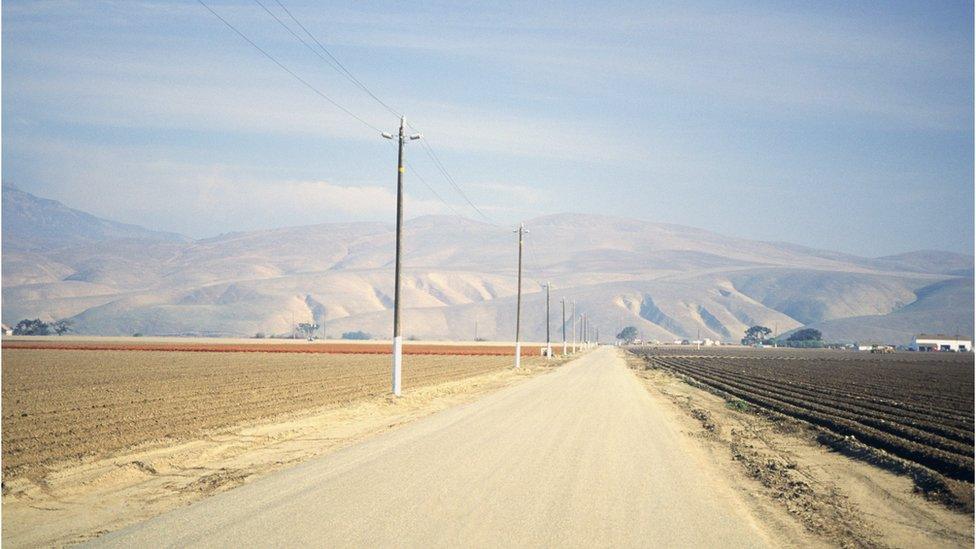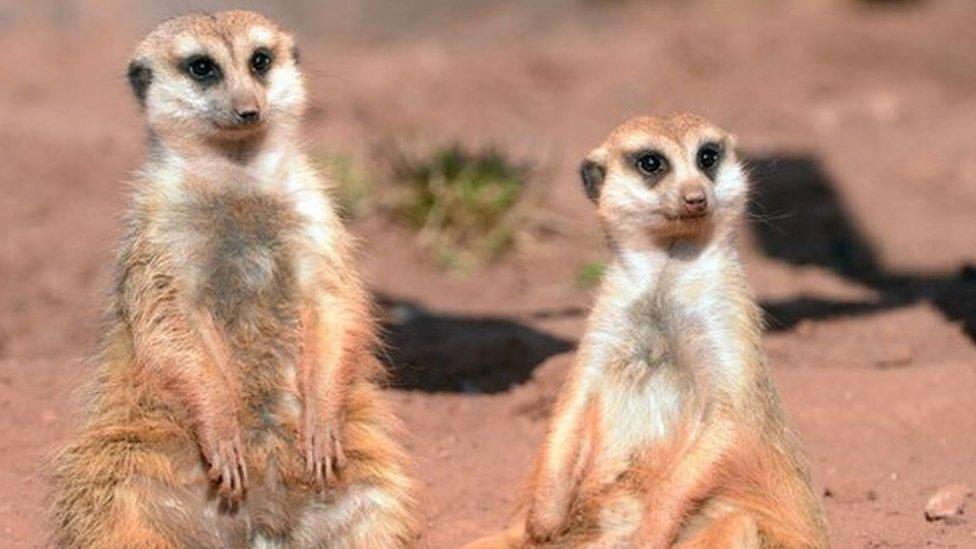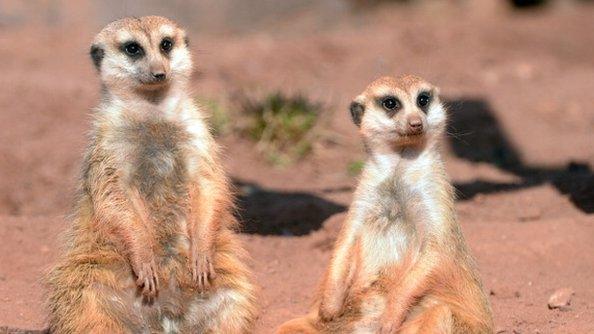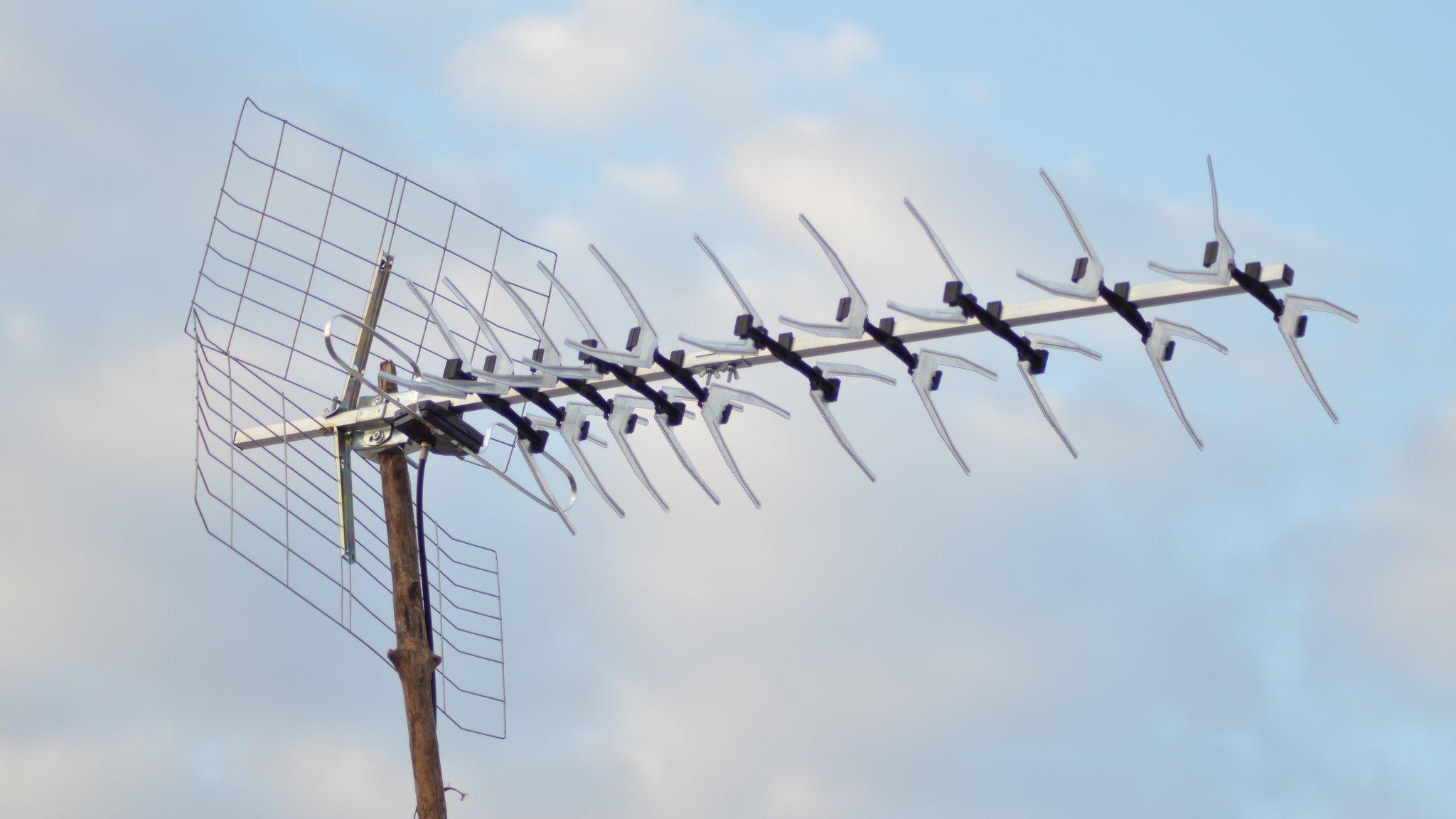Microsoft to plug rural broadband gap with TV white space
- Published

Some 23 million Americans in rural areas lack a broadband connection
Microsoft has laid out an ambitious plan to improve broadband services in rural America, using TV white space.
The US Federal Communications Commission says 34 million Americans - 23.4 million of whom are in rural areas - lack a broadband net connection.
Microsoft pledged to "eliminate" the problem in five years' time, using spectrum freed up by the move to digital TV.
Experts said the plan could be costly and may cause interference.
White space technology refers to the unused broadcasting frequencies in the wireless spectrum.
TV networks leave gaps between channels, and the spectrum - which is similar to that used for 4G - can be used to deliver broadband access.
Microsoft said it would have 12 projects up and running in 12 states in the next year.
It plans to invest in partnerships with telecoms companies via its Microsoft Rural Airband Initiative, with the aim of bringing broadband connectivity to two million people by 2022.
"Our goal is not to enter the telecommunications business ourselves or even to profit directly from these projects," writes Microsoft chief legal officer Brad Smith in a blog post., external
"We will invest in the upfront capital projects needed to expand broadband coverage, seek a revenue share from operators to recoup our investment, and then use these revenue proceeds to invest in additional projects to expand coverage further."
He said that "real progress to close the rural broadband gap has plateaued in recent years".
"As a country, we should not settle for an outcome that leaves behind more than 23 million of our rural neighbours.
"To the contrary, we can and should bring the benefits of broadband coverage to every corner of the nation."
Meerkat broadcasts
Unused airwaves in the UHF television bands offered "powerful bandwidth", said Mr Smith.
"It would enable wireless signals to travel over hills and through buildings and trees," he said.
Boston Consulting Group, who worked with Microsoft on the proposal, estimated that TV white space could provide broadband for 80% of rural America currently lacking broadband.
In the UK, BT has used TV white space to provide broadband on the Scottish island of Bute and ran another small trial in Sutton, Surrey.

The technology has also been used at London Zoo, to broadcast footage of meerkats, and is being deployed on the Isle of Arran.
Some radio groups have complained that use of the technology could pose a threat to the use of radio microphones and other wireless equipment to cover events, make films and at conferences.
Fernando Elizalde, a principal analyst at research company Gartner, said the plan was "ambitious" but "a little more sensible than Facebook's laser-powered drones or Google's balloons".
"White space technology is there, but it is quite expensive and could cause interference," he said, adding that it would also require time for the FCC to assign channels for broadband.
Currently, the modem needed in homes to support the technology can cost up to $1,000 (£778), although Microsoft has said it hopes to bring costs down to $200 within the year.
- Published10 October 2014

- Published10 November 2016
